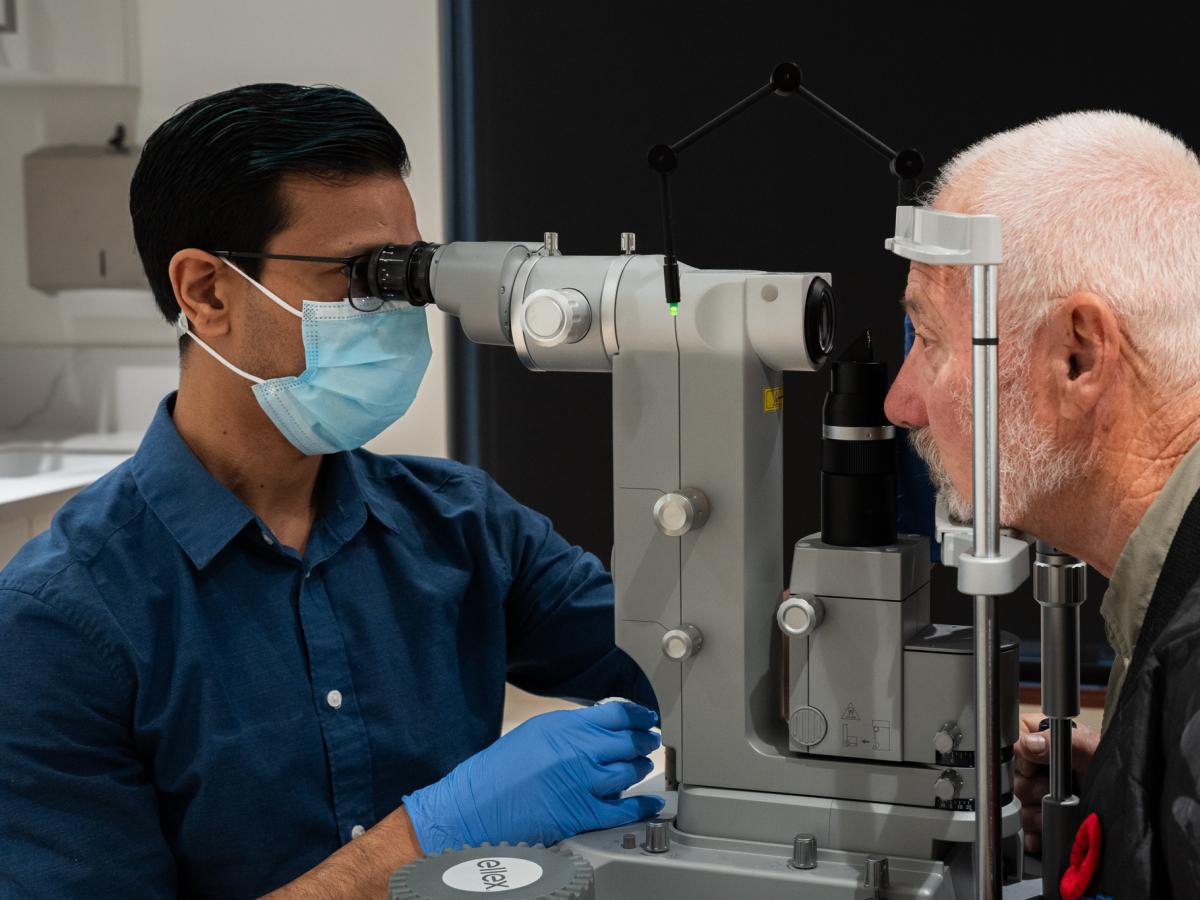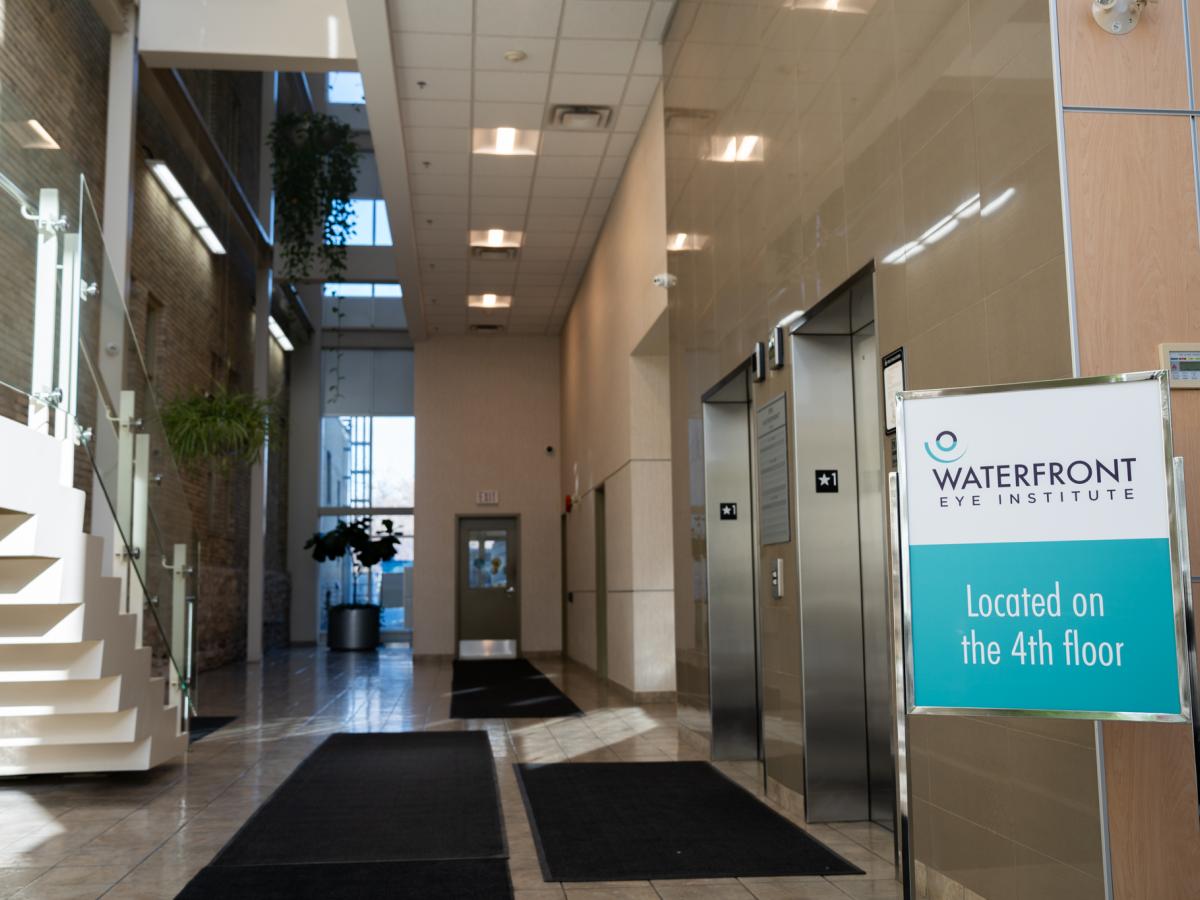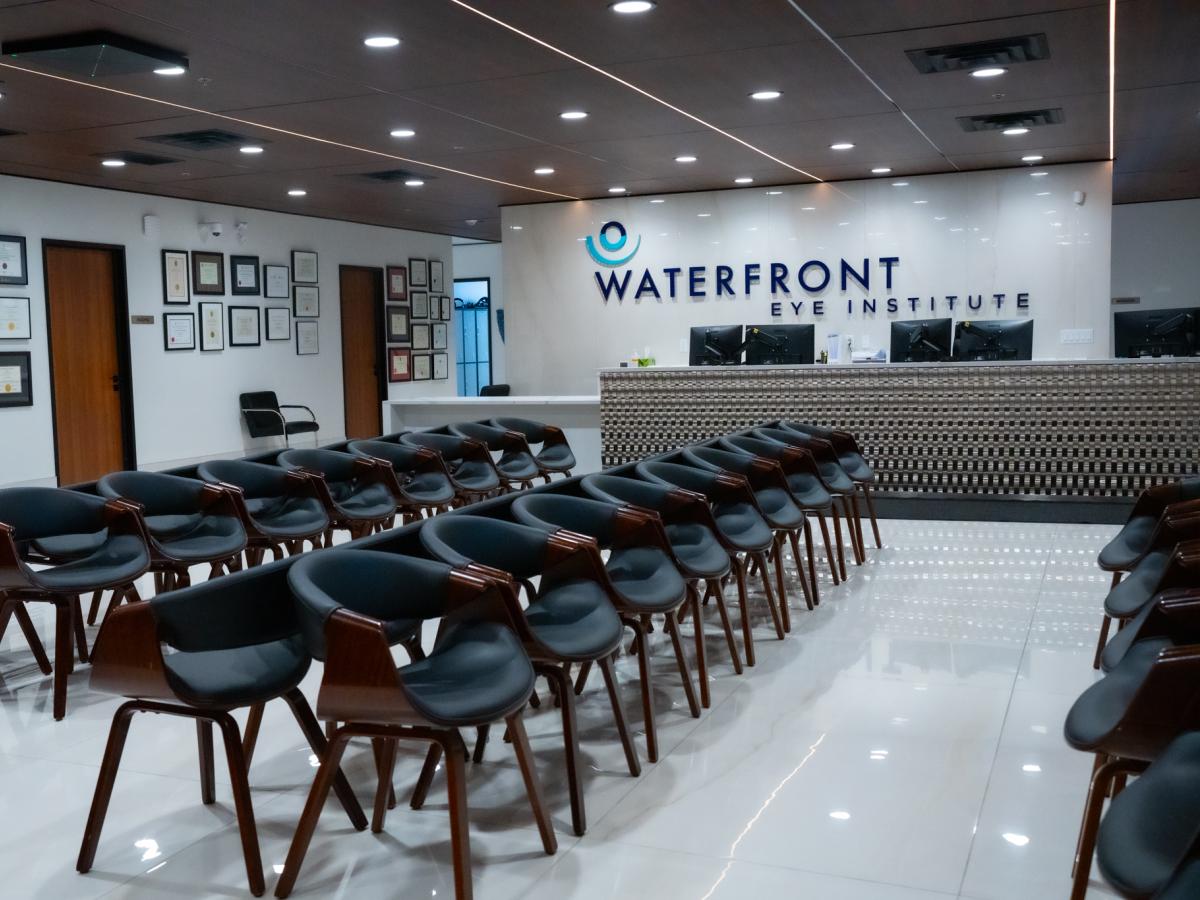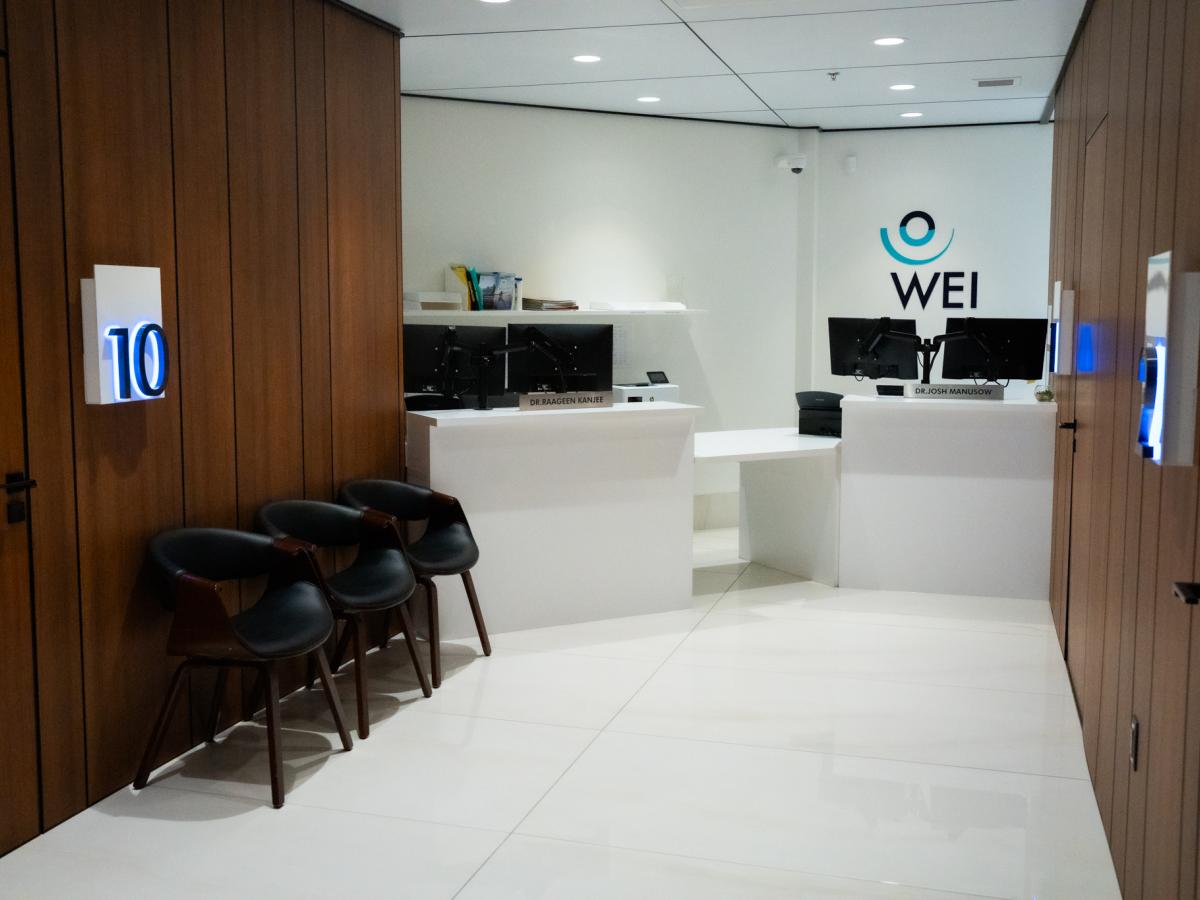
Overview
While glaucoma cannot be ‘cured’, we can control it so that further damage to your eyes is slowed or stopped altogether, preventing blindness.
Treatments generally work by lowering the pressure inside the eye so that no further damage to the optic disc occurs.
Your eye surgeon will create a suitable management plan, often starting with eye drops or laser treatment. If these treatments are not providing a suitable reduction in pressure, we will consider surgery.



Frequently Asked Questions
Here are a few questions answered to get to know the process better. Feel free to call us if you have further questions.
Glaucoma is a group of eye diseases that damage the optic nerve, often due to increased pressure in the eye (intraocular pressure). This damage can lead to vision loss and, if untreated, potentially result in blindness.
Types of Glaucoma:
- Open-Angle Glaucoma: The most common form, where the drainage angle of the eye remains open, but the trabecular meshwork is partially blocked, leading to gradual pressure buildup.
- Angle-Closure Glaucoma: Occurs when the iris bulges forward, blocking the drainage angle and causing a sudden increase in eye pressure, often accompanied by symptoms like severe headache, nausea, and blurred vision.
Diagnosing glaucoma involves several tests that evaluate eye pressure, optic nerve health, and visual field. Here’s a structured overview of the common diagnostic procedures:
Tonometry:
Measures intraocular pressure (IOP) using a tonometer. A higher IOP can indicate glaucoma, but not everyone with high pressure will develop the disease.
Ophthalmoscopy:
An eye care professional examines the optic nerve using a special lens. Signs of damage, such as changes in the nerve's appearance, can indicate glaucoma.
Perimetry (Visual Field Test):
Assesses the complete field of vision to detect any blind spots or peripheral vision loss, which are common in glaucoma patients.
Gonioscopy:
A technique used to examine the drainage angle of the eye. This test helps determine whether the patient has open-angle or angle-closure glaucoma.
Pachymetry:
Measures the thickness of the cornea. Thinner corneas may increase the risk of developing glaucoma.
Treatment for glaucoma aims to lower intraocular pressure to prevent further damage to the optic nerve. Here are the primary options:
Medications:
Eye Drops: The most common treatment, which can include prostaglandin analogs (e.g., latanoprost), beta-blockers (e.g., timolol), and carbonic anhydrase inhibitors (e.g., dorzolamide). These medications work by reducing eye pressure either by decreasing fluid production or increasing fluid outflow.
Oral Medications: Sometimes prescribed in addition to eye drops for further pressure reduction.
Laser Treatment:
Laser Trabeculoplasty: A procedure that enhances the drainage of fluid from the eye, lowering pressure. It's often used for open-angle glaucoma.
Laser Iridotomy: Used for angle-closure glaucoma, this procedure creates a small hole in the peripheral iris to improve fluid drainage.
Surgical Options:
Trabeculectomy: A surgical procedure that creates a new drainage pathway for fluid to leave the eye, effectively lowering pressure.
Glaucoma Drainage Devices: Implants that help drain fluid from the eye, used when other treatments are ineffective.
Important Note: Regular follow-ups with an eye care professional are crucial for monitoring the condition, as glaucoma can progress even with treatment. Always discuss the best treatment options tailored to individual needs and circumstances.
